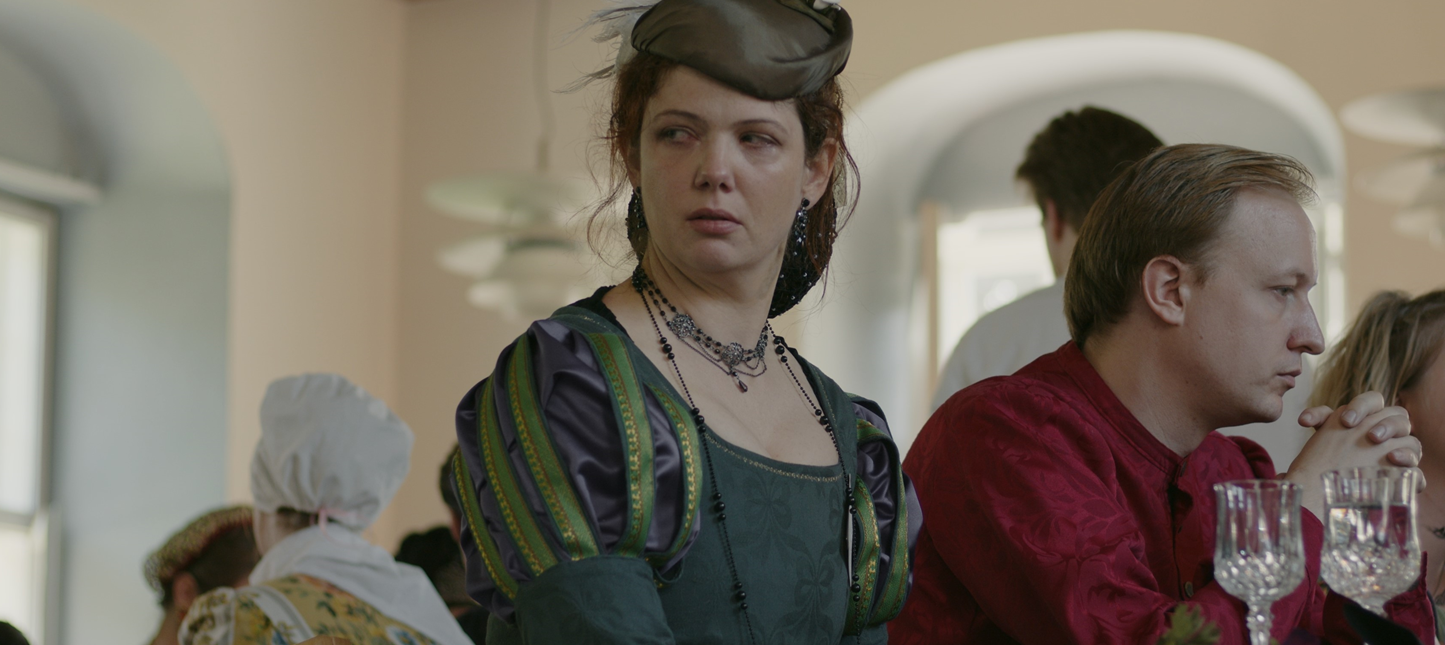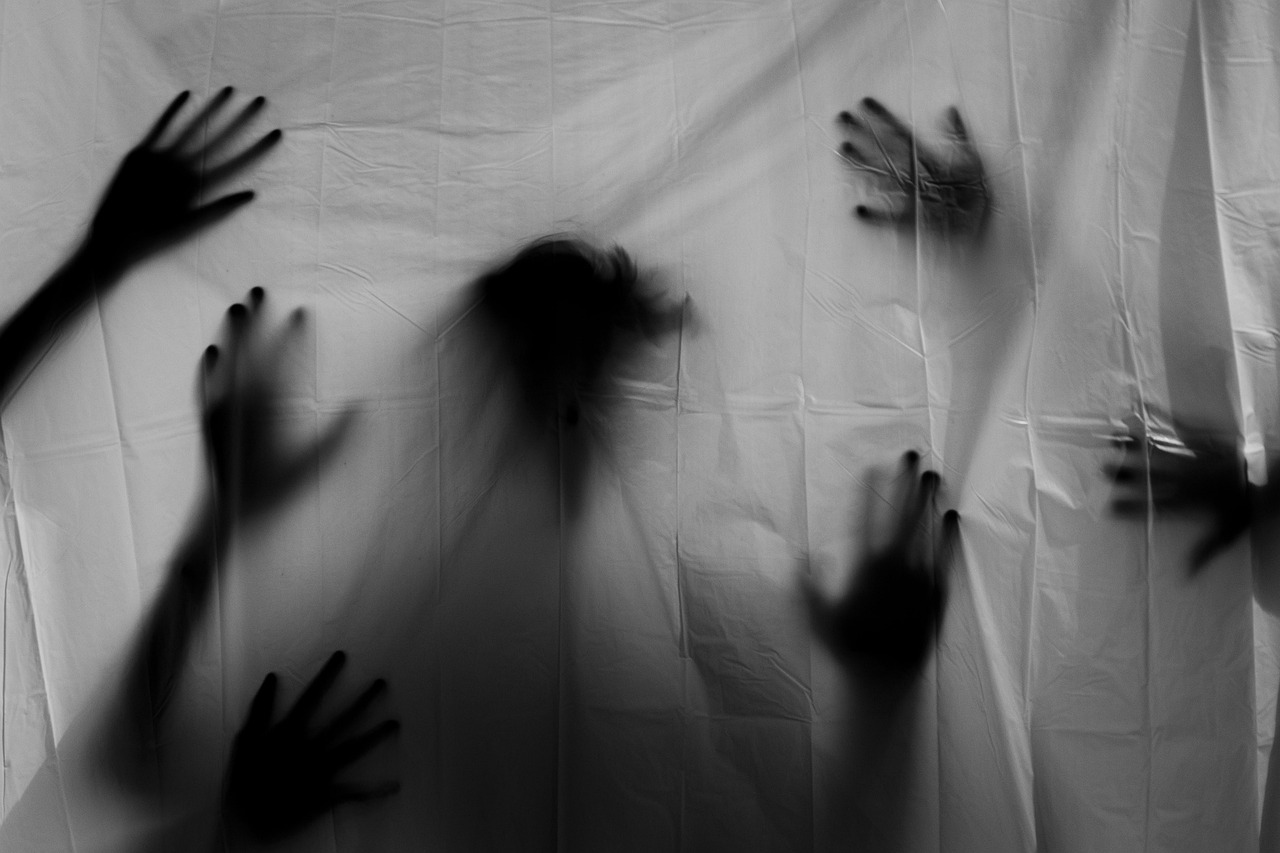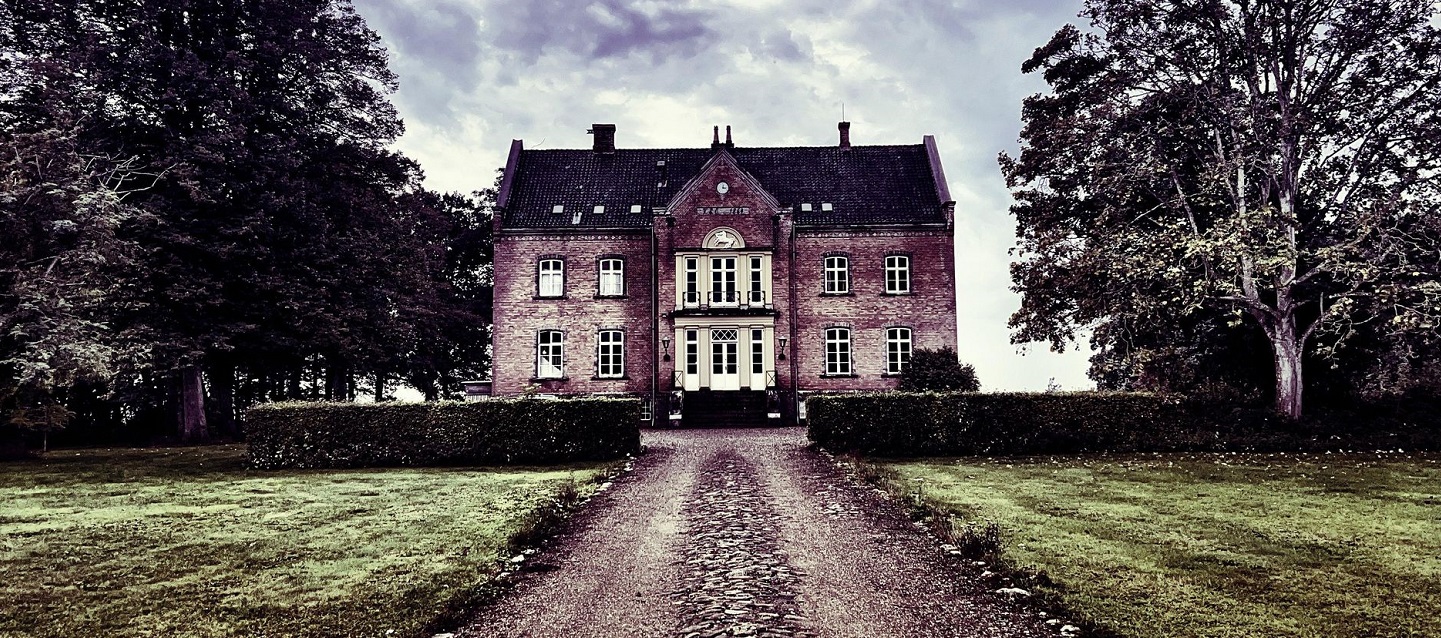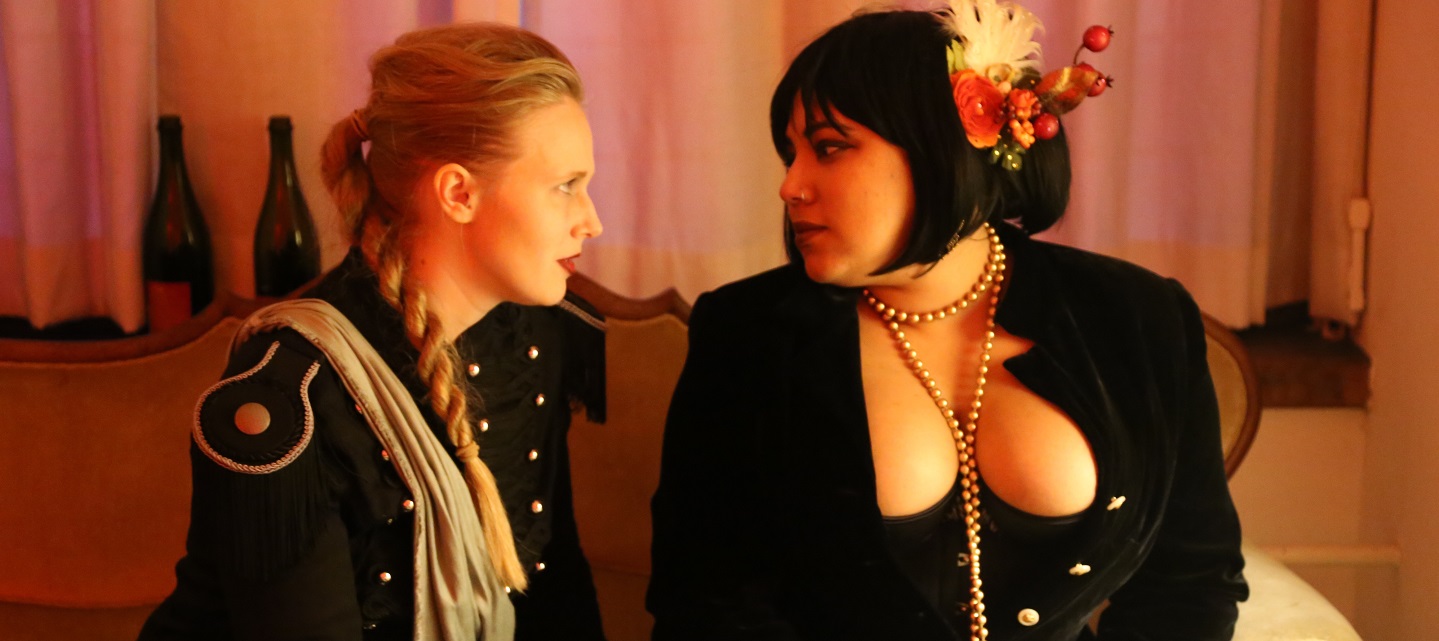Tag: House of Craving
-

Dinner Warfare
in
Creating subtle but strong emotional pressure based on specific relations when designing eating situations in larps.
-

The Interaction Engine
in
The interaction engine is a specific type of larp design where the primary focus is on enhancing playability by ensuring that every action generates new possibilities and emotional impact.
-

Searching for Meaning in House of Craving
in
In the larp House of Craving, there is untapped potential for more multi-faceted work, more comprehensive immersion that would not sacrifice meaning on the altar of sensation.
-

A Trip Beyond the House of Craving
Larp is sometimes thought of as a consensual hallucination, and this one was more hallucinogenic than most.
-

The Immortal Legacy
A documentation piece on the larp Gothic by Avalon Larp Studios. Based on true events featuring Romantic poets in a story of gothic horror.
